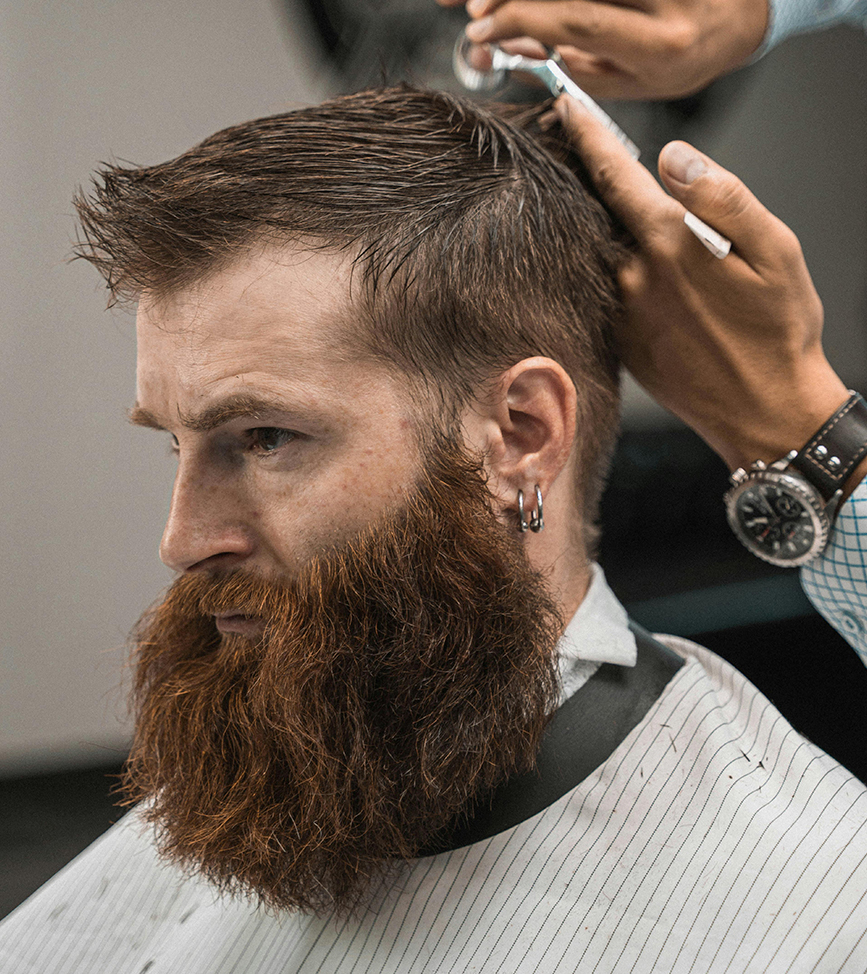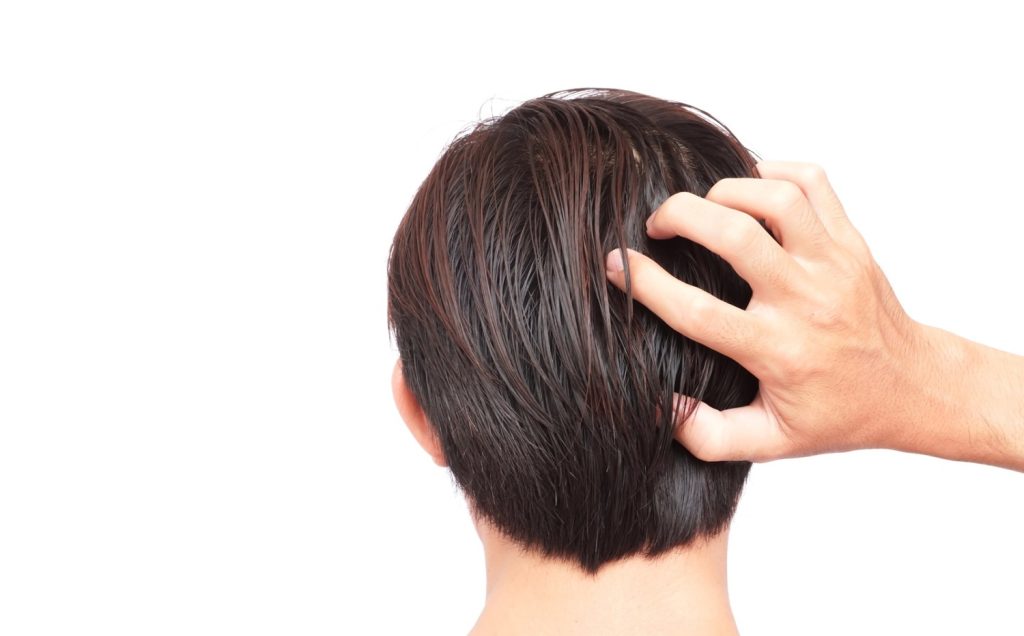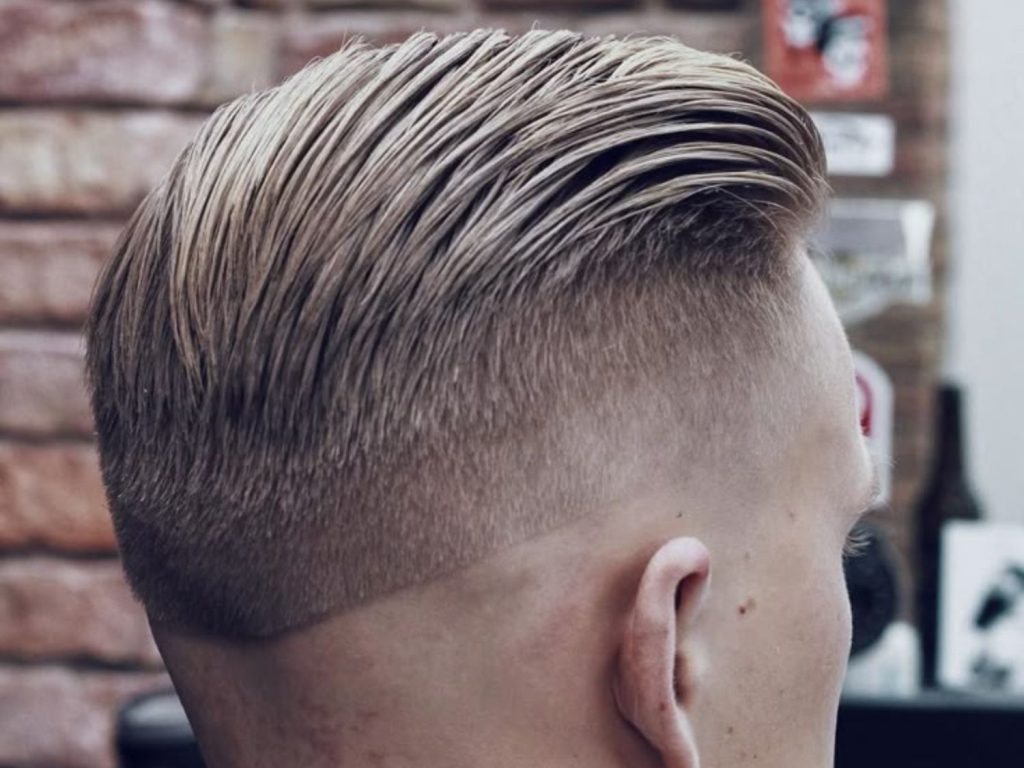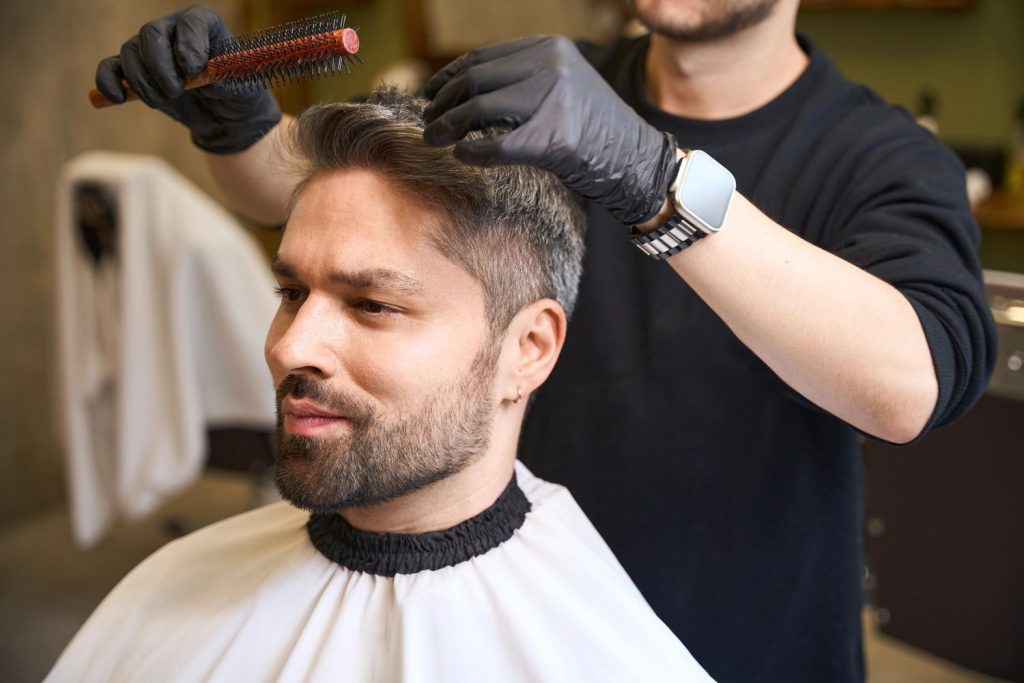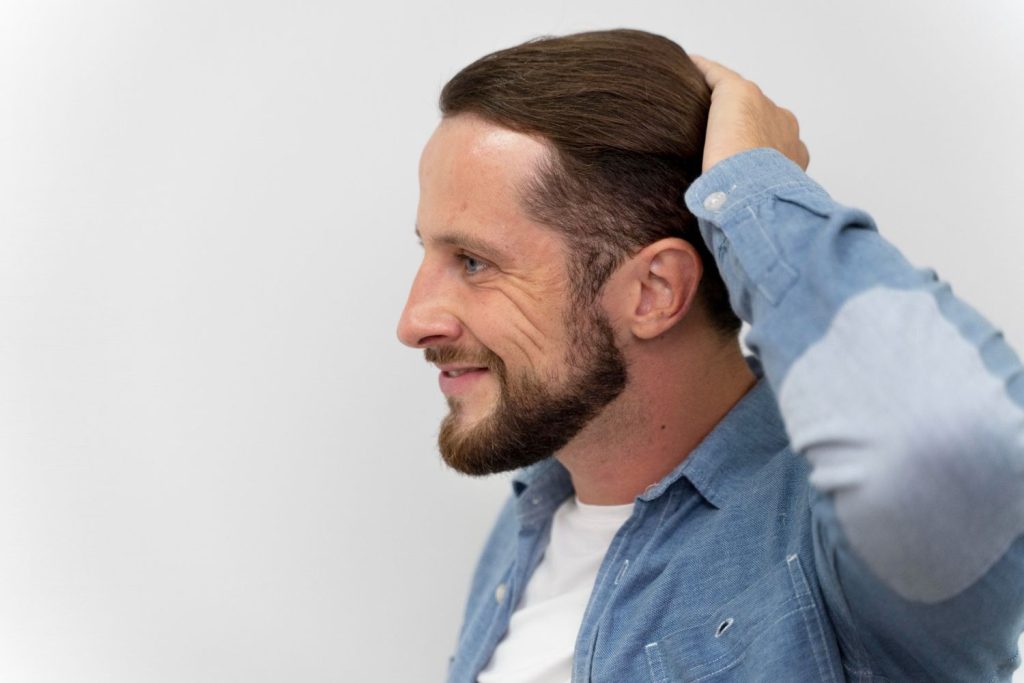Do Barbers Only Cut Men’s Hair?
May 18, 2025
When people think of a barber, they often imagine a man getting a quick trim in a chair surrounded by clippers, razors, and aftershave. This traditional image has been reinforced by decades of barber shop culture, media portrayals, and even licensing laws. But is it accurate to say barbers only cut men’s hair? Not necessarily. The modern barbering industry is far more nuanced. While barbers do tend to specialize in men’s hairstyles and grooming services, the scope of their clientele and services has expanded. Let’s unpack what barbers actually do, who they serve, and why the idea that they “only cut men’s hair” no longer reflects reality.
What Training Do Barbers Receive?
Barbers are licensed professionals who undergo formal education and hands-on training. The curriculum in barbering schools typically includes:
- Haircutting techniques (fades, tapers, clipper cuts, etc.)
- Shaving and beard grooming
- Hair and scalp care
- Basic coloring or chemical services (in some states)
- Sanitation and safety regulations
- Customer service and business practices
Unlike cosmetologists, whose training leans more toward styling, coloring, and chemical treatments (like perms and relaxers), barbers focus on precision cutting and grooming—skills traditionally associated with men’s hair care. However, nothing in barber training inherently restricts barbers from cutting women’s hair. What often makes the difference is the kind of haircut a person wants.
Licensing Laws: What the Law Says About Who Barbers Can Serve
Each state or country sets its own regulations regarding barbering. In the U.S., for instance, a barber’s license typically permits them to cut any person’s hair—regardless of gender—as long as the services fall within the scope of their license.
That means a licensed barber can legally cut women’s hair, provided they’re not offering services that require a cosmetology license (like advanced chemical treatments, long-layered styles, or intricate coloring not covered in barbering school).
In many cases, states have introduced hybrid licenses or dual licensure for professionals who want to offer a wider range of services.
Services Barbers Commonly Offer
Barbershops are known for delivering specific grooming services, such as:
- Fades, tapers, and buzz cuts
- Scissor cuts and undercuts
- Beard trimming and shaping
- Hot towel shaves and straight razor work
- Lineups and edge-ups
These services are often marketed toward men, but they are not exclusive to them. Many women prefer these styles too, and a growing number are turning to barbers for precision cuts that stylists may not be as practiced in.
Do Women Go to Barbers?
Yes, they do—and the number is growing.
Women may choose to go to a barber for several reasons:
- They want a short haircut such as a pixie, fade, or undercut.
- They value the straightforward and often more affordable pricing structure of barbershops.
- They appreciate the efficiency and speed of a barber’s approach.
- They find barbers more experienced in clipper work and short-hair styling.
In fact, many women report positive experiences in barbershops when seeking specific looks that require razor-sharp technique and attention to detail.
It’s important to note that some traditional barbershops may still market themselves as male-only spaces. However, this is changing with more unisex shops opening up, and more barbers welcoming a diverse clientele.
What’s the Difference Between a Barber and a Hair Stylist?
This is one of the most common points of confusion.
| Feature | Barber | Hair Stylist / Cosmetologist |
| Training Focus | Clipper cuts, beard grooming | Hair coloring, styling, chemical services |
| Typical Clientele | Traditionally male | Traditionally female (but varies) |
| Tools Used | Clippers, razors | Scissors, blow dryers, curling irons |
| Common Services | Fades, tapers, shaves | Long-layered cuts, highlights, perms |
| License Type | Barber License | Cosmetology License |
The decision between visiting a barber or a stylist often comes down to the hairstyle you want, not your gender. For instance, if you want a fade, a barber is usually the better option. If you’re looking for highlights and layers, a stylist might be more suitable.
Breaking Gender Stereotypes in Haircare
The idea that barbers only cut men’s hair stems from a long-standing cultural norm, not a legal or practical limitation. Gendered marketing in the beauty industry has reinforced this divide, but things are shifting.
Here’s how the industry is evolving:
- Many barbers are now advertising their services as gender-neutral or inclusive.
- There’s a growing movement toward unisex barbershops and salons.
- Social media platforms have given visibility to women barbers and barbers who specialize in cutting all hair types.
- Haircut trends like fades, hard parts, and buzz cuts are increasingly popular among women, nonbinary individuals, and other gender identities.
This shift toward inclusivity is helping normalize the idea that anyone—regardless of gender—can go to a barber if that’s their preference.
Can Barbers Handle All Hair Types?
Hair type and texture can be as important as gender when deciding who should cut your hair.
Barbers are often skilled in working with:
- Straight hair
- Wavy hair
- Curly or coily hair
- Textured and kinky hair
Some barbers specialize in specific hair types, especially in multicultural urban areas where textured hair is more common. In fact, many clients—both male and female—seek out barbers who are known for mastering cuts on specific hair textures, such as Type 4 coily hair.
That said, not all barbers are equally trained in all hair types, just like not all stylists are skilled with clippers or fades. It’s best to check the barber’s portfolio, online reviews, or consult before booking an appointment.
What to Consider When Choosing a Barber
If you’re considering visiting a barber—regardless of your gender—here are a few tips:
- Check their portfolio or social media: See if they’ve done cuts similar to what you want.
- Read reviews: Look for mentions of client diversity and quality of service.
- Ask questions: Don’t hesitate to call or message the shop to ask if they offer the service you’re looking for.
- Visit the shop first: A quick walk-in or observation can give you a feel for the environment and professionalism.
Number One Barber Shop Serving the The Fountains Community and Beyond in Stafford
Number One Barber Shop is dedicated to serving the diverse needs of the local community of Stafford, including individuals residing in neighborhoods like The Fountains. With its convenient location near landmarks such as the Fountain Park Apartments and major intersections like US 59 Frontage Rd & S Kirkwood Pkwy. (coordinates:29.63797212369746, -95.58247396613851), we offer Haircut and Shave services.
Get Haircut and Shave Services at The Fountains Now
Navigate from The Fountains to Number One Barber Shop Now
Conclusion:
Barbers may have started as specialists for men’s grooming, but their role is not confined by gender. Today, many barbers are trained and licensed to cut hair for anyone, and they often offer services based on haircut type rather than the client’s identity. If you’re looking for a clean fade, a short scissor cut, or expert beard care, a barber might be exactly what you need—no matter who you are. As the industry continues to grow more inclusive, the outdated idea that barbers only cut men’s hair is slowly being replaced by a more accurate and open-minded perspective.
Frequently Asked Questions (FAQs)
1. Do barbers only cut men’s hair?
No, barbers do not only cut men’s hair. While barbers traditionally focused on men’s grooming, many barbers are trained to cut all hair types and cater to both men and women, especially for specific haircuts like fades, buzz cuts, and short styles.
2. Can women visit a barber for a haircut?
Yes, women can and do visit barbers for haircuts, particularly for short styles, undercuts, fades, and precise clipper work. Barbers are trained to handle a variety of haircuts, regardless of gender.
3. What’s the difference between a barber and a hairstylist?
Barbers typically specialize in clipper cuts, beard grooming, and shorter styles, while hairstylists focus more on chemical treatments, long-layered cuts, and styling with tools like blow dryers and curling irons. Barbers are also licensed separately from hairstylists in many places.
4. Are barbers trained to cut all hair types?
Yes, many barbers are trained to cut all hair types, from straight to curly or coily hair. However, not all barbers specialize in every texture, so it’s important to find one who is experienced with the hair type you have.
5. Do I need to be a man to get a haircut from a barber?
No, you don’t need to be a man to get a haircut from a barber. Barbers are trained to work with clients of all genders, and many women now visit barbershops for specific styles like fades and pixie cuts.
Refine Your Style with Expert Barbershop Care
Our expert barbers are dedicated to providing you with a personalized experience that brings out your best look, every time. Whether you're in for a sharp haircut, a refreshing shave, or a relaxing facial, we take the time to understand your style and tailor our services to match your unique preferences.


